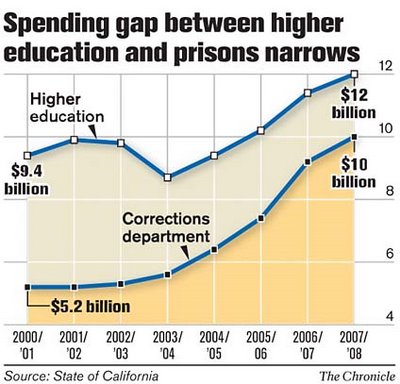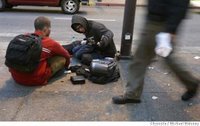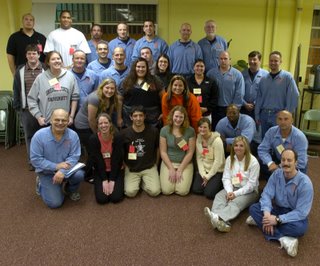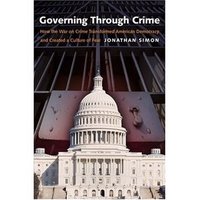 an inmate on death row in texas is seeking jokes so that he can select the funniest one and offer it as his last statement before his execution on june 26. to read the full story from the AP, click here.
an inmate on death row in texas is seeking jokes so that he can select the funniest one and offer it as his last statement before his execution on june 26. to read the full story from the AP, click here.
the short version is this: patrick knight is on death row for shooting his neighbors to death 16 years ago. he claims that his idea to offer humorous last words is not intended to disrespect his victims; instead, he says: “I’m not trying to say I don’t care what’s going on. I’m about to die. I’m not going to sit here and whine and cry and moan and everything like that when I’m facing the punishment I’ve been given.”
knight got the idea for a joke as his last statement after a friend was executed earlier this year and laughed from the death chamber gurney: “Where’s a stunt double when you need one?”
for many inmates, the use of humor is an important survival strategy in prison. is it taking it too far for a condemned inmate to tell a joke before being executed, or should the individual be allowed to express whatever last sentiment s/he chooses?









